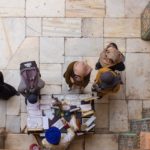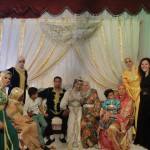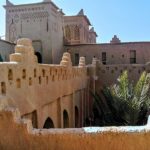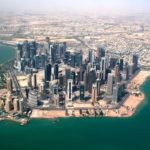A Mélange of Cultures in Morocco
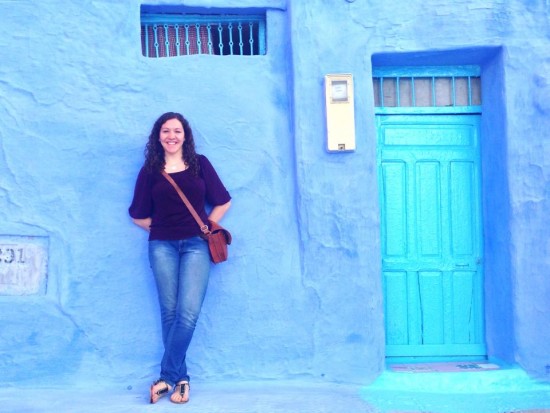

Here in this clean and bustling McDonald’s, there is a children’s birthday party going on. As the group of smiling parents and hyper kids energetically sing along to a remixed version of the “Happy Birthday” song, I hear them switch from language to language: Joyeux Anniversaire, Happy Birthday to You, and Sanna Heloua. French, English, and Arabic.
While I was growing up in central Pennsylvania, the thought of using a different language in everyday life was unthinkable. There was just no occasion to do so, plus no one really spoke other languages. And here I am in a country that requires everyone to be proficient in French by the time they graduate from high school. If you told the kids in my high school class that requirement, they would all laugh. Sure we all took foreign language classes, but I bet you the number of kids who could actually speak their chosen language was pretty slim.
A Mélange of Cultures in Morocco.
And here in Morocco, if I have trouble with Arabic I can just switch to French with no problem – in fact most of the time people address me in French to begin with. Plus some people also know English or Spanish, depending on their job and the region of Morocco. It’s quite amazing how commonplace it is to be bi- or trilingual.
But it’s not just the French influence that can be seen in Morocco. Obviously that seems to be the most prevalent due to how history unfolded, but there are other outside cultural influences that hover right beneath the surface. When walking by the local school, I can see another language listed under the Arabic and French titles, one that looks like it is made up of that odd wing-ding font in Microsoft Word. But it’s not. After some discussions with our teachers, we learned that it is actually Berber or Amazeree, and it stems from a nomadic culture that has been in Morocco for centuries.
This example is not alone. There are other foreign cultures that also make their way into everyday life, and they can vary from city to city. For instance when I was up north in Tangier, I could see how Spanish influences had brushed paths with Moroccan culture and left their mark.
So while it has been fascinating and enjoyable to continue my study of Arabic in Morocco, I have almost enjoyed more this mélange of cultures and the way it has shaped everyday life all over this lovely country.
Photo by: Kate Maffey.

